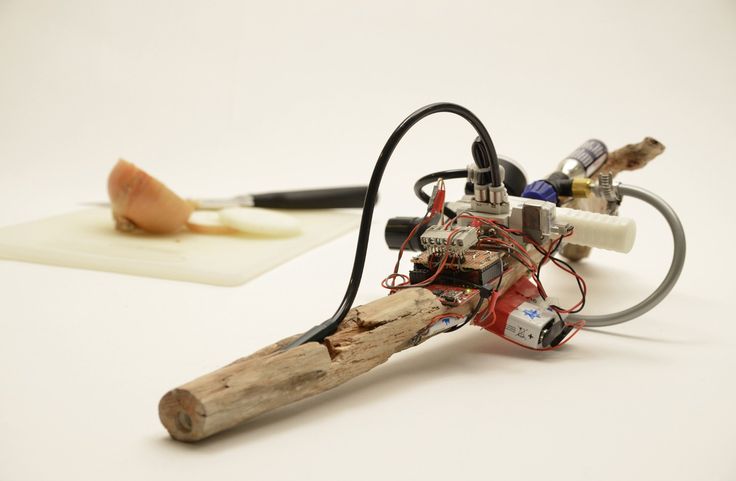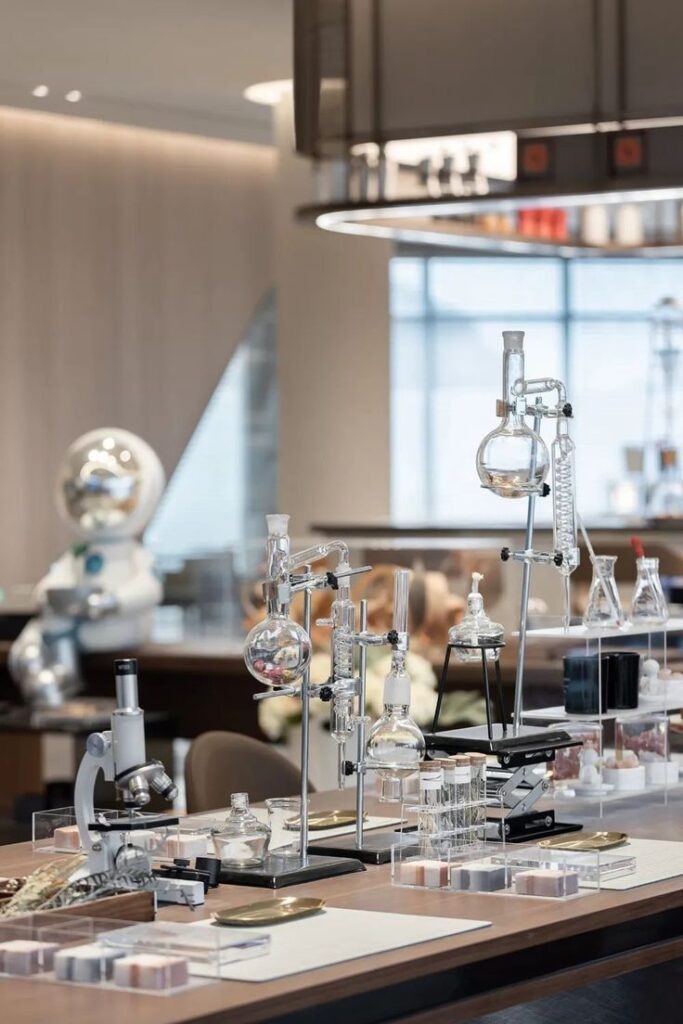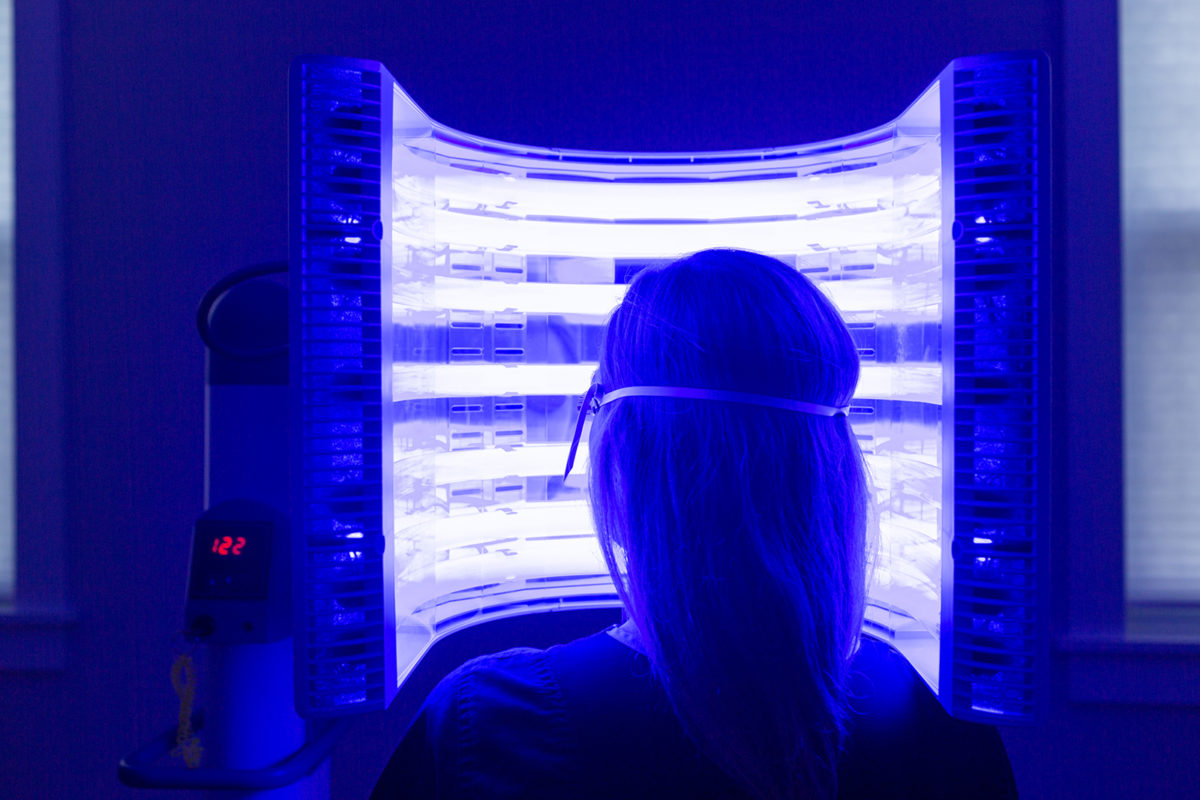Grinder Biohacking
Enhancing the Human Experience
What is Grinder Biohacking?
At its core, grinder biohacking aims to enhance human capabilities by blending biology with technology. Grinders often experiment with DIY implants, wearable devices, and other modifications to achieve goals such as improved senses, increased physical abilities, or advanced connectivity.
Grinder biohacking is deeply rooted in the ethos of transhumanism—the belief that humans can and should evolve beyond their natural limitations using science and technology. This philosophy drives the community to explore innovative ways to transcend the boundaries of human biology.
Key Applications of Grinder Biohacking
Grinders experiment across various domains, often tailoring their modifications to specific goals. Here are some key areas:

Sensory Augmentation
Magnetic Implants: Tiny magnets implanted under the skin enable individuals to sense electromagnetic fields.
Enhanced Vision: Devices like infrared cameras or night vision systems are integrated into wearable tech or implants.
Subdermal Vibration Sensors: Allow users to detect sound or motion through subtle vibrations.

Communication and Connectivity
RFID/NFC Chips: Implanted chips enable users to unlock doors, store data, or make payments with a simple wave of their hand.
Bio-Wearable Integration: Devices that track health metrics or connect to smart devices for seamless interaction.

Health and Longevity
Glucose Monitors: Subcutaneous sensors for real-time blood sugar monitoring.
Electrostimulation Implants: Devices to assist with chronic pain management or muscle recovery.

Functional Enhancements
Exoskeletal Implants: Experimental devices designed to increase strength or endurance.
DIY Neural Interfaces: Tools to enhance cognitive abilities or interact with external devices using brain signals.
The DIY Ethos of Grinding
Grinder biohacking thrives in the DIY spirit, often involving homemade tools, repurposed technology, and a collaborative community. Here’s what sets grinding apart:
Open Source: Grinders frequently share designs, guides, and results online to promote innovation.
Low-Cost Solutions: By circumventing traditional medical or corporate channels, grinders make technology accessible to a wider audience.
Experimentation: The community embraces trial-and-error, fostering rapid prototyping and creative problem-solving.

Challenges and Risks
While grinder biohacking offers exciting possibilities, it also comes with significant challenges and risks:
1. Safety Concerns
- Improper sterilization or implantation techniques can lead to infections or complications.
- Some devices may interfere with natural body functions or cause long-term harm.
2. Ethical Dilemmas
- Modifying the human body raises questions about identity, consent, and societal norms.
- The line between personal freedom and public safety can become blurred.
3. Regulatory Hurdles
- Many grinder practices exist in legal gray areas, with limited oversight or approval from regulatory bodies.
- Importing or using certain materials may violate local laws.
4. Technical Limitations
- Many devices are experimental and prone to failure.
- The durability and longevity of DIY implants can vary significantly.
Getting Started with Grinder Biohacking
For those interested in exploring grinder biohacking, here are some steps to begin your journey:
Research Thoroughly: Familiarize yourself with the basics of anatomy, bioengineering, and sterilization techniques.
Start Small: Begin with external devices or non-invasive projects before progressing to implants.
Connect with the Community: Join forums like Biohack.me or local biohacking meetups to share knowledge and get guidance.
Prioritize Safety: Use sterilized tools and materials, and consult with medical professionals if possible.
Document Your Work: Share your experiences with the community to contribute to the collective knowledge base.







